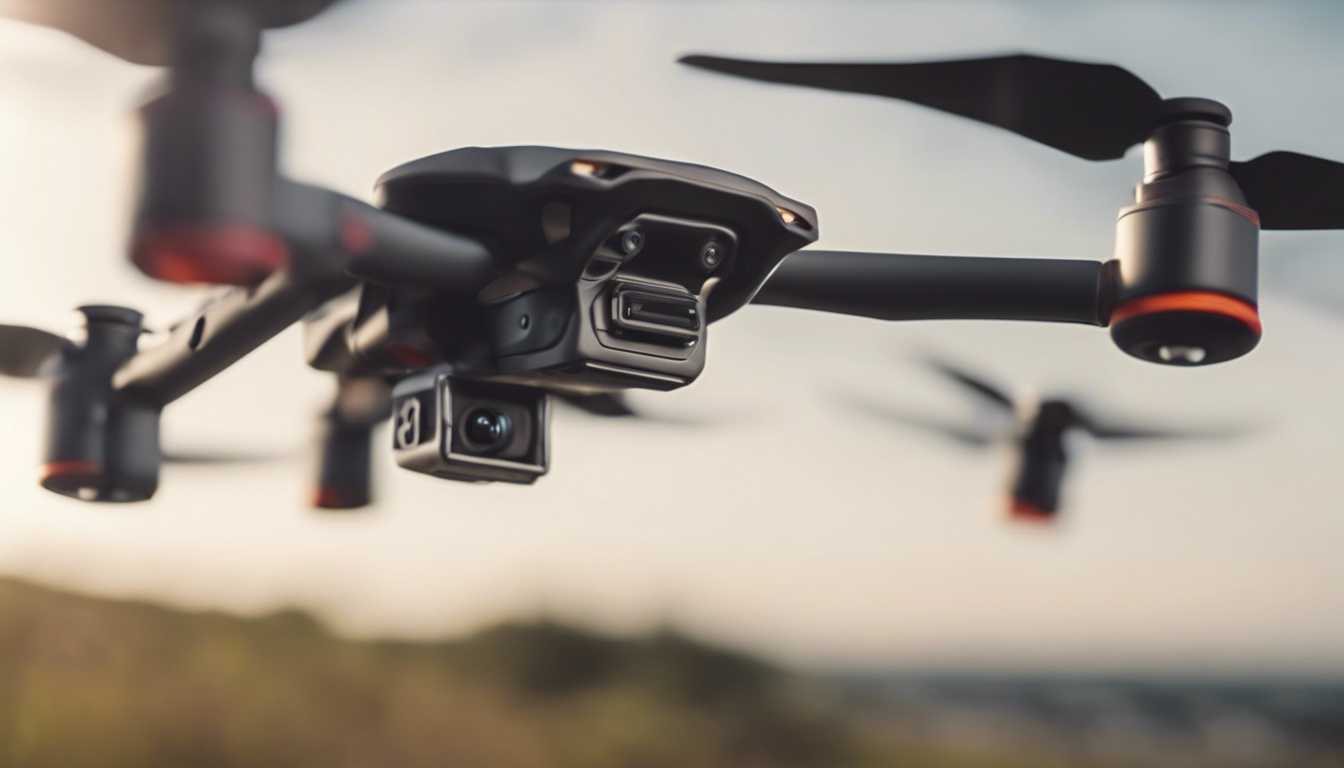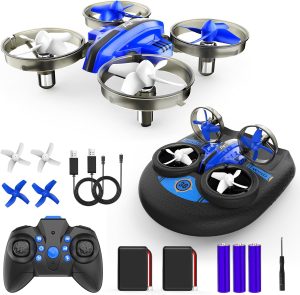
Consumer drones have become increasingly popular in recent years, and their potential applications extend far beyond just aerial photography and videography. One area where drones are making a significant impact is in precision agriculture. With their ability to quickly and efficiently monitor vast areas of farmland, drones are revolutionizing the way farmers approach crop management.
What is Precision Agriculture?
Precision agriculture, also known as precision farming or site-specific crop management, involves the use of technology to optimize agricultural practices. By collecting data on factors such as soil moisture, temperature, and nutrient levels, farmers can make informed decisions about how to best allocate resources and increase crop yields.
The Benefits of Drones in Precision Agriculture
Drones offer numerous advantages when it comes to implementing precision agriculture techniques:
- Efficient Data Collection: Drones equipped with specialized sensors can collect data more quickly and accurately than traditional methods. They can cover large areas of farmland in a fraction of the time it would take for a human to do so manually.
- Higher Resolution Imagery: Consumer drones now feature high-resolution cameras that can capture detailed images of crops. This allows farmers to detect signs of stress, disease, or nutrient deficiencies at an early stage, enabling them to take action before significant damage is done.
- Cost Savings: By identifying specific areas of a field that require attention, drones help farmers apply fertilizers, water, and pesticides only where needed. This targeted approach reduces costs by minimizing wastage and maximizing efficiency.
- Improved Decision Making: The data collected by drones provides farmers with valuable insights into their crops’ health and growth patterns. Armed with this information, they can make more informed decisions about when to plant, harvest, or apply treatments.
Practical Tips for Implementing Drones in Precision Agriculture
Getting started with drones in precision agriculture can be overwhelming, but these practical tips can guide farmers through the process:
- Select the Right Drone: Choose a drone that’s well-suited for agricultural applications. Look for models with high-quality cameras, long flight times, and the ability to carry specialized sensors.
- Understand Local Regulations: Before taking to the skies, familiarize yourself with the rules and regulations surrounding drone usage in your area. Adhering to these guidelines will ensure compliance and prevent any legal issues.
- Invest in Training: Proper training is essential to operate a drone safely and effectively. Consider attending workshops or enrolling in online courses to learn about flight techniques, data analysis, and drone maintenance.
- Partner with Experts: Don’t be afraid to seek help from professionals experienced in precision agriculture. Collaborating with agronomists or agricultural consultants can provide valuable guidance when interpreting the data collected by your drone.
The Future of Drones in Precision Agriculture
As technology continues to advance, so too will the role of drones in precision agriculture. Future developments may include improved sensor capabilities, enhanced data analysis software, and even the use of artificial intelligence algorithms to automatically detect and respond to crop conditions.
To wrap it up, consumer drones have emerged as an invaluable tool for farmers seeking to implement precision agriculture techniques. Their ability to efficiently collect data, provide high-resolution imagery, and facilitate cost savings make them an essential component of state-of-the-art farming practices.
